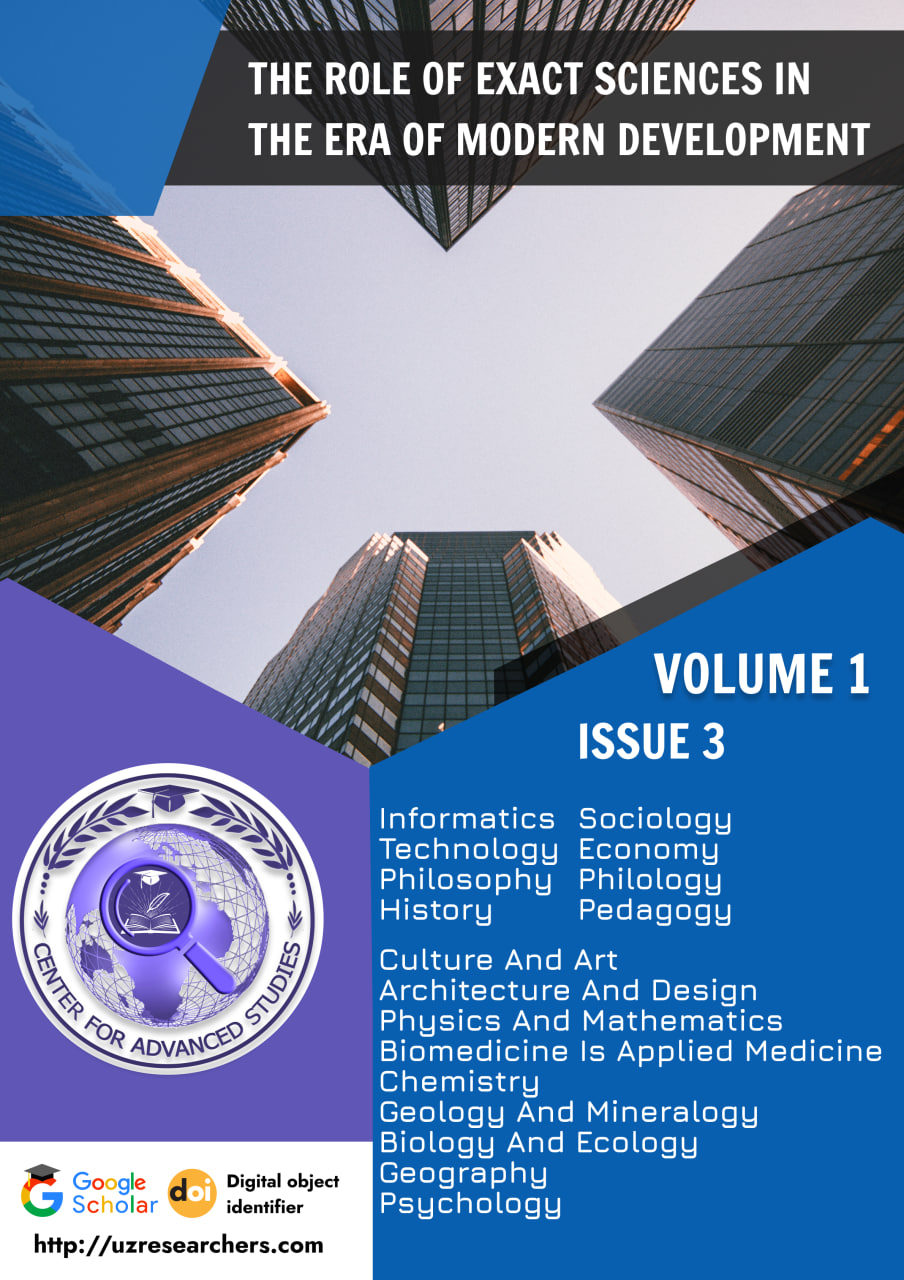SAFEGUARDING DIGITAL SECURITY: ADDRESSING QUANTUM COMPUTING THREATS
Keywords:
quantum computers, cryptography, cybersecurity, encryption algorithms, threats, Quantum Key Distribution (QKD), Post-Quantum Cryptography (PQC), digital security, confidentialityAbstract
In an era of rapidly advancing technology, the rise of quantum computers has sparked both excitement and concern. While quantum computing holds immense promise for solving complex problems, it also poses significant threats to the foundation of modern cryptography and cybersecurity. The formidable computational power of quantum machines has the potential to render commonly used encryption algorithms obsolete, leaving sensitive data and secure communication vulnerable to attacks. To counter these emerging threats, researchers and organizations are actively exploring innovative approaches to secure digital systems. Two prominent strategies have emerged: Quantum Key Distribution (QKD) and Post-Quantum Cryptography (PQC). These cutting-edge methods aim to fortify encryption protocols and maintain the confidentiality, integrity, and authenticity of sensitive information in the face of quantum computing breakthroughs. This article delves into the realm of quantum computing threats, shedding light on the challenges they pose to traditional cryptographic techniques. We will explore the principles behind Quantum Key Distribution (QKD) and its ability to establish secure communication channels based on the fundamental laws of quantum mechanics. Additionally, we will delve into the world of Post Quantum Cryptography (PQC), which seeks to develop encryption algorithms capable of withstanding attacks from both classical and quantum computers. By comprehending the advances in QKD and PQC, we can grasp the strategies being developed to safeguard digital security in the quantum age. Though the journey towards fully quantum-resistant encryption is not without hurdles, ongoing research and collaboration aim to forge a new era of robust and resilient cryptographic systems.
References
https://www.linkedin.com/pulse/risks-store-now-decrypt-later-safeguarding-datauncertain-haroon/
https://thequantuminsider.com/2023/08/24/nist-releases-four-pqc-algorithms-forstandardization/#:~:text=After%20three%20rounds%20of%20evaluation,Dilithium%2C%20FALCON%2 C%20and%20SPHINCS%2B.
https://www.siliconrepublic.com/enterprise/quantum-apocalypse-store-now-decrypt-later-encryption
Bernstein, D. J., Lange, T., & Schwabe, P. (2017). Post-quantum cryptography. Nature, 549(7671), 188-194.
Aisenberg, M. (2019). Post-Quantum Cryptography: An Overview of Algorithms and Standardization Efforts. IEEE Security & Privacy, 17(6), 81-87.
Grover, L. K. (1996). A fast quantum mechanical algorithm for database search.
Proceedings of the Twenty-Eighth Annual ACM Symposium on Theory of
Computing, 212-219.
Shor, P. W. (1994). Algorithms for quantum computation: discrete logarithms and
factoring. Proceedings of the 35th Annual Symposium on Foundations of
Computer Science, 124-134.
National Institute of Standards and Technology (NIST). Post-Quantum
Cryptography. Retrieved from https://csrc.nist.gov/projects/post-quantum-
cryptography
Alagic, G., Amiri, S., & Moody, D. (2020). Post-Quantum Cryptography:
Current Developments and Future Directions. IEEE Security & Privacy, 18(4), 28-
Ding, J., & Yang, B. Y. (2017). Code-based cryptography: A survey. Designs,
Codes and Cryptography, 82(1-2), 179-200.





